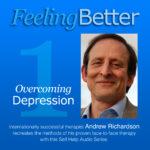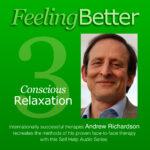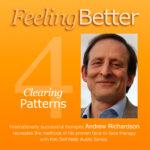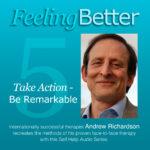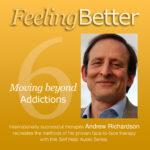Relaxation Tools: Breathing, Thoughts, Anchoring, Visualisations
Relaxation tools play an important supporting part of recovery from high emotional stress.
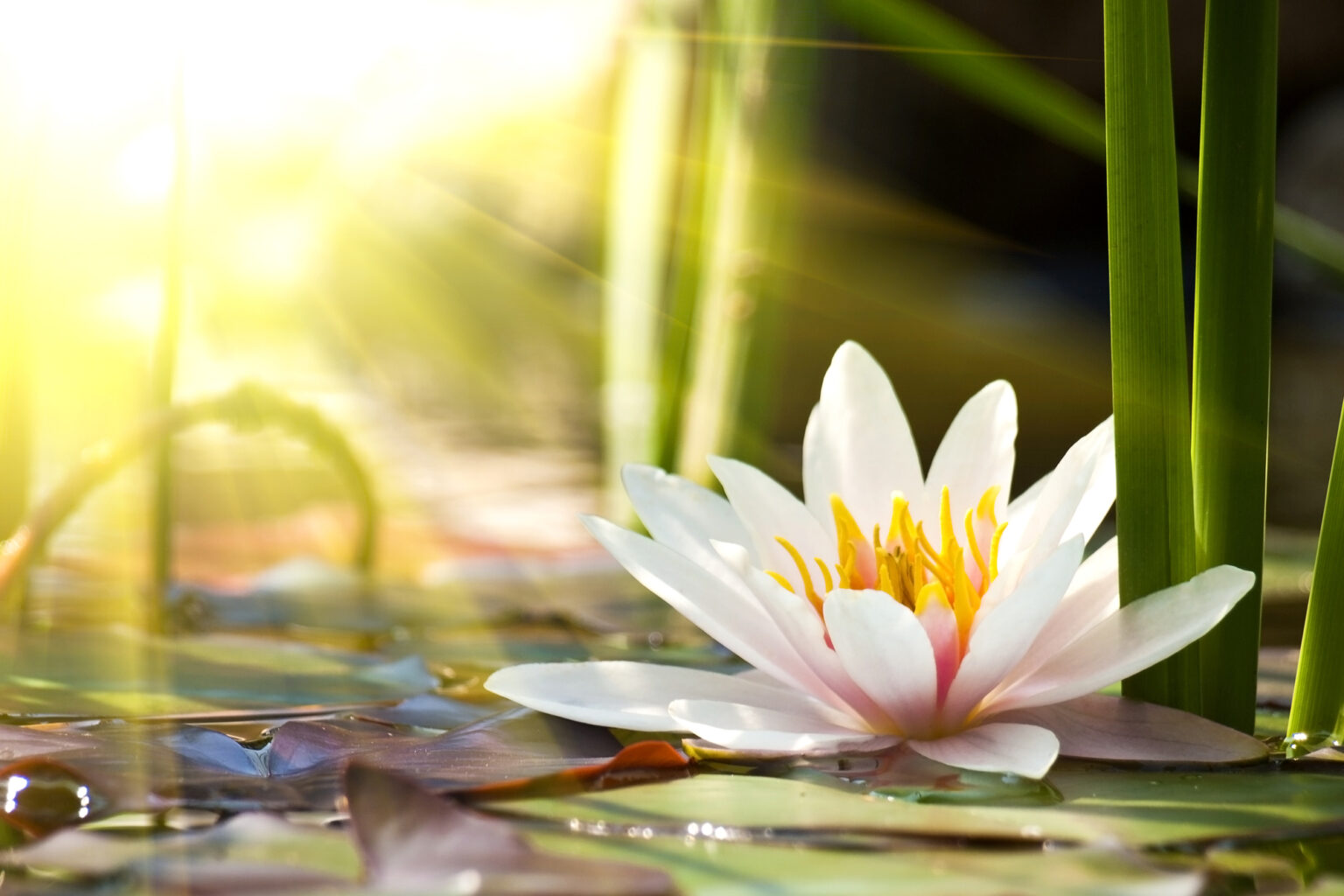
The use of these relaxation tools is to help you to be more relaxed. This is a part of all recoveries from mental and emotional difficulties. And though you will often need more than relaxation tools on their own, the practice of relaxation will always be worthwhile and can be essential.
Note that these relaxation tools are more effective if used before the arousal level goes too high. High arousal requires more effort to achieve a result. The secret is to practise these tools when you are not feeling stressed or out of control.
The first step is to recognise a feeling when the resulting thoughts/actions may not be helpful if allowed to develop. The second step is to say ‘freeze’ to yourself, then choose an instant calming technique from breathing, distraction or exercise.
7/11 Breathing is the first relaxation tool to learn
- Sit down or lie down comfortably
- Concentrate on your breathing. You cannot be relaxed and worked up at the same time. The OUT breath stimulates the relaxation response in your body and brain, so ALWAYS start with an OUT breath. If you have been hyperventilating over something you may have to force yourself to do an OUT breath but it will work to stimulate the relaxation. When you breathe out, try and make it last as long as you can. Count slowly as you breath out. Try to count to 11.
- Breathe IN. Again count this breath and it needs to be shorter than the out breath. Most people, when they start can count to 8 on this breath.
- Repeat steps 2 and 3 as much as you like or feel you need to. If you do it long enough, when lying down, you should fall asleep. The aim is to reach the count of 11 on the Out breath and 7 on the IN breath but it’s not essential. What is essential is that the OUT breath is always longer than the IN breath.

